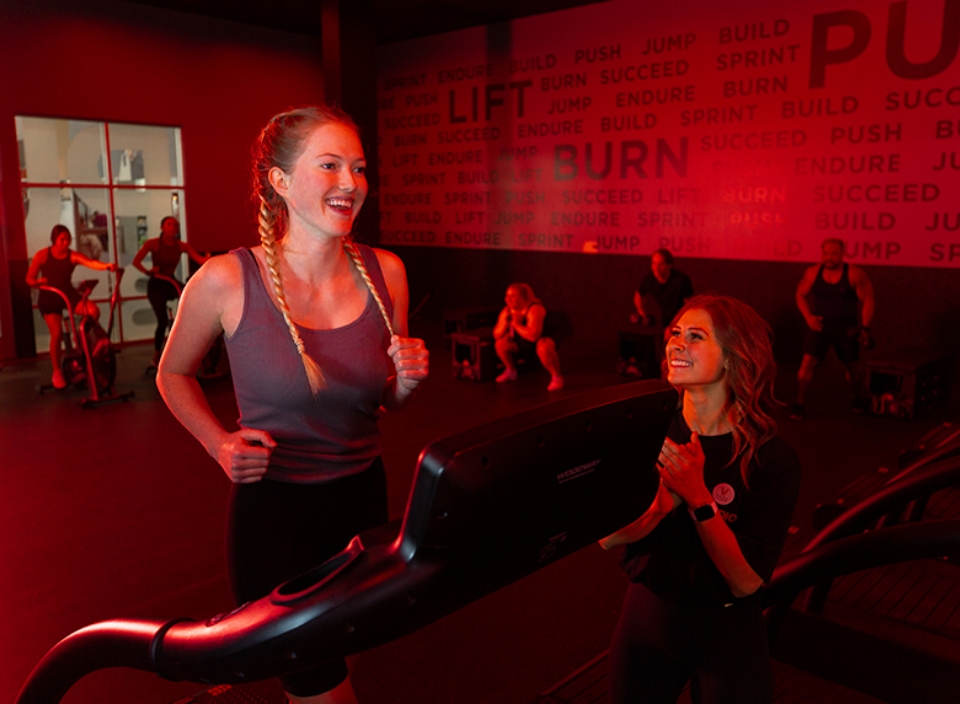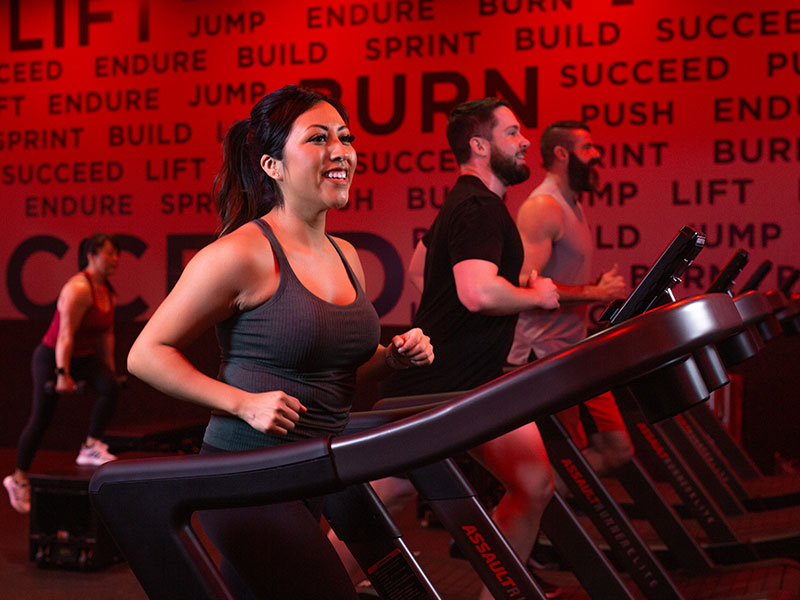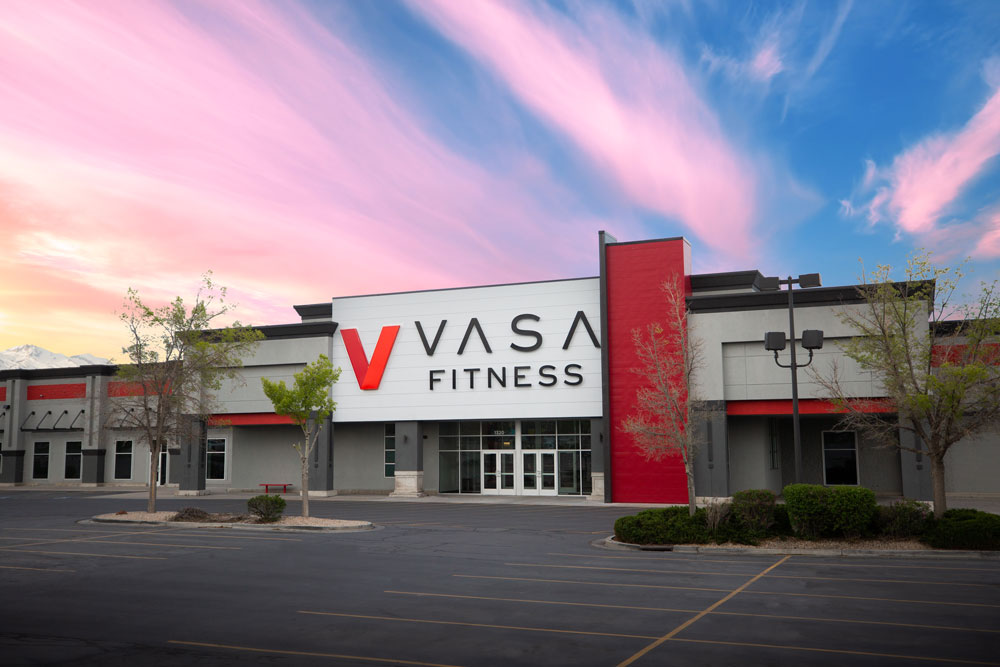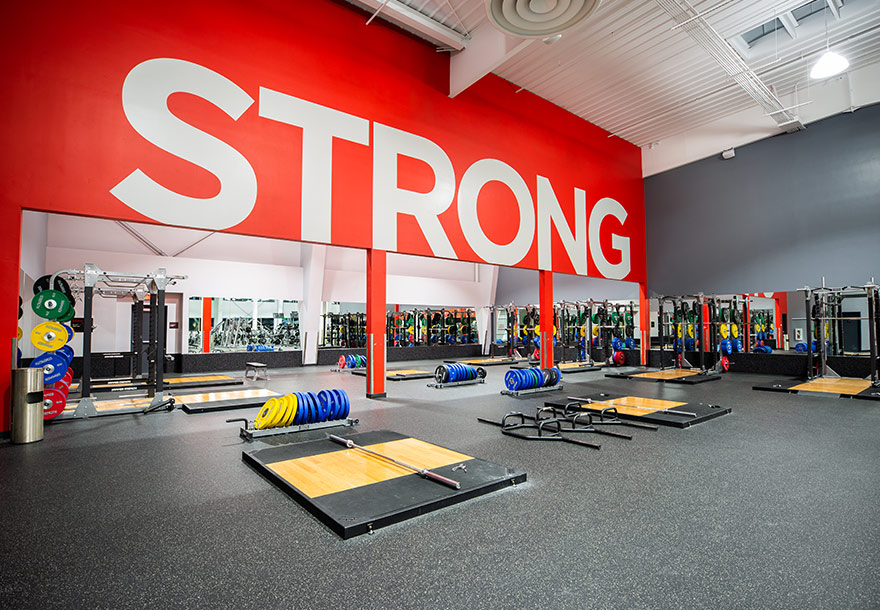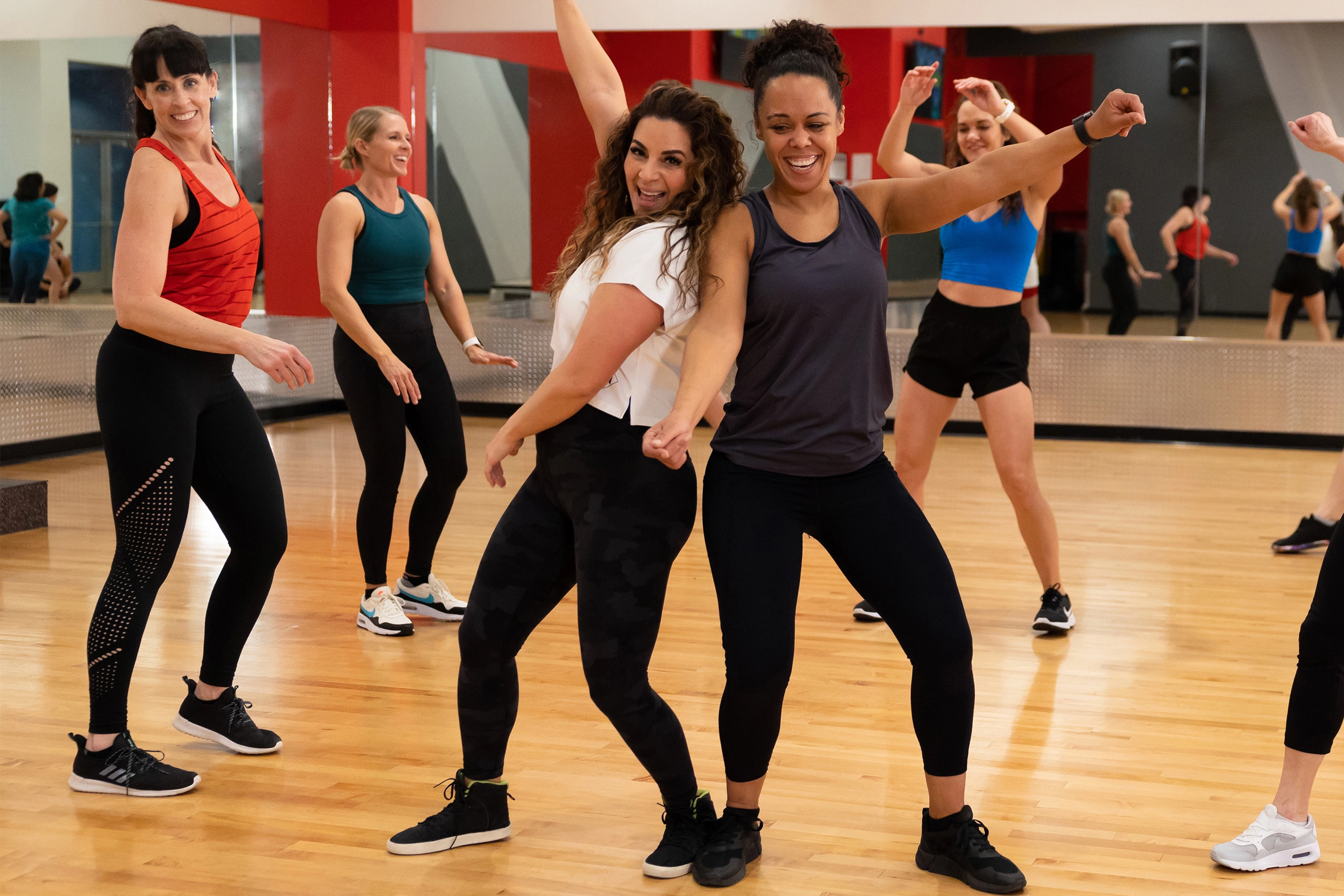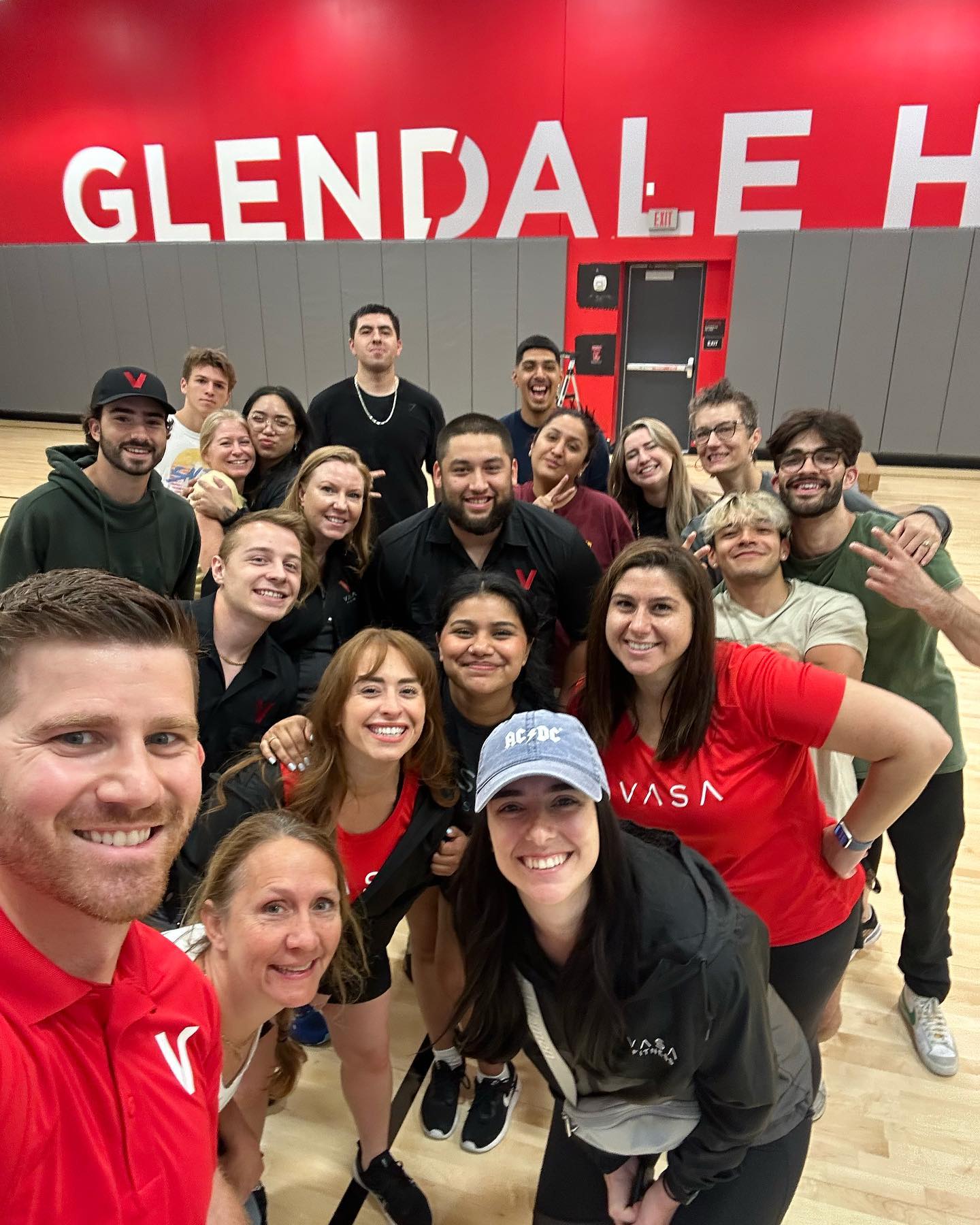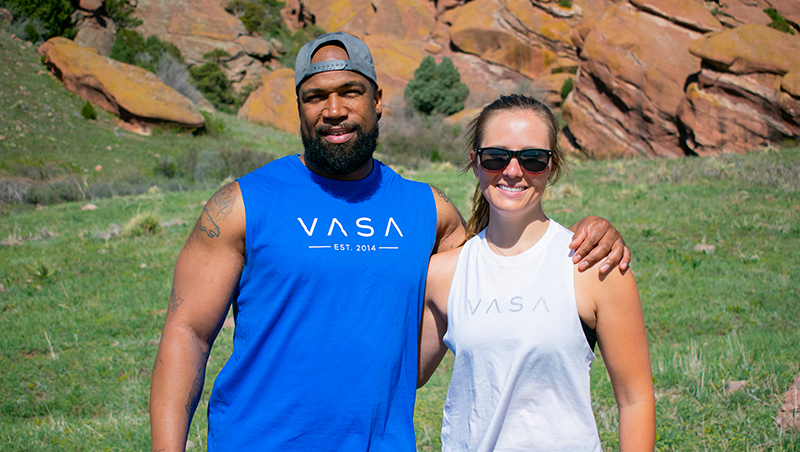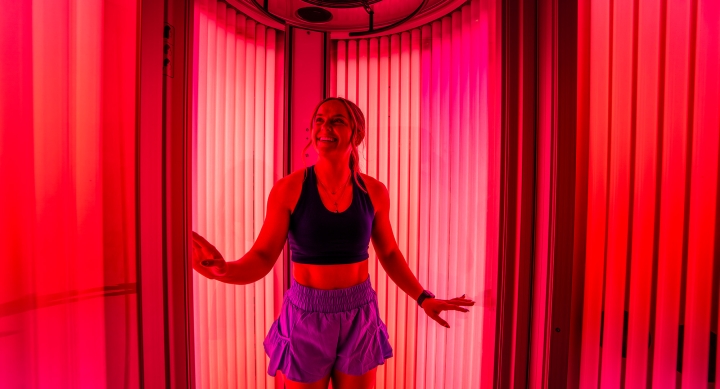What is proper running technique?
Running is one of the easiest and least expensive ways to improve your overall health. Resting heart rate, blood pressure, and body composition can all be positively impacted by incorporating running into your exercise routine.
While we all instinctively know how to run, running can be hard on the body if it’s done without correct running form poor technique. The impact of running on your feet, ankles, knees, and hips is 2.5 times your bodyweight, whereas the stress and impact of walking is half that. When this amount of force is combined with poor running form, damage to your body could be just a few stride lengths away. In our guide, we’ll describe how a relaxed posture, running speed, and more running form adjustments can help you run properly, burn less energy, and prevent injuries.
Introduction to Proper Running Form
Proper running form is a key foundation for any runner. Focusing on good technique helps you run more efficiently to conserve energy, plays a key role in reducing the risk of common running injuries, and overall comfort in your running experience. Mindfully maintaining proper posture and alignment allows you to get the most out of every run. Our running form tips can help you get started, but if you’re still unsure about your technique, or want to make improvements, working with a running coach or exercise professional may be a valuable next step to achieve your goals.
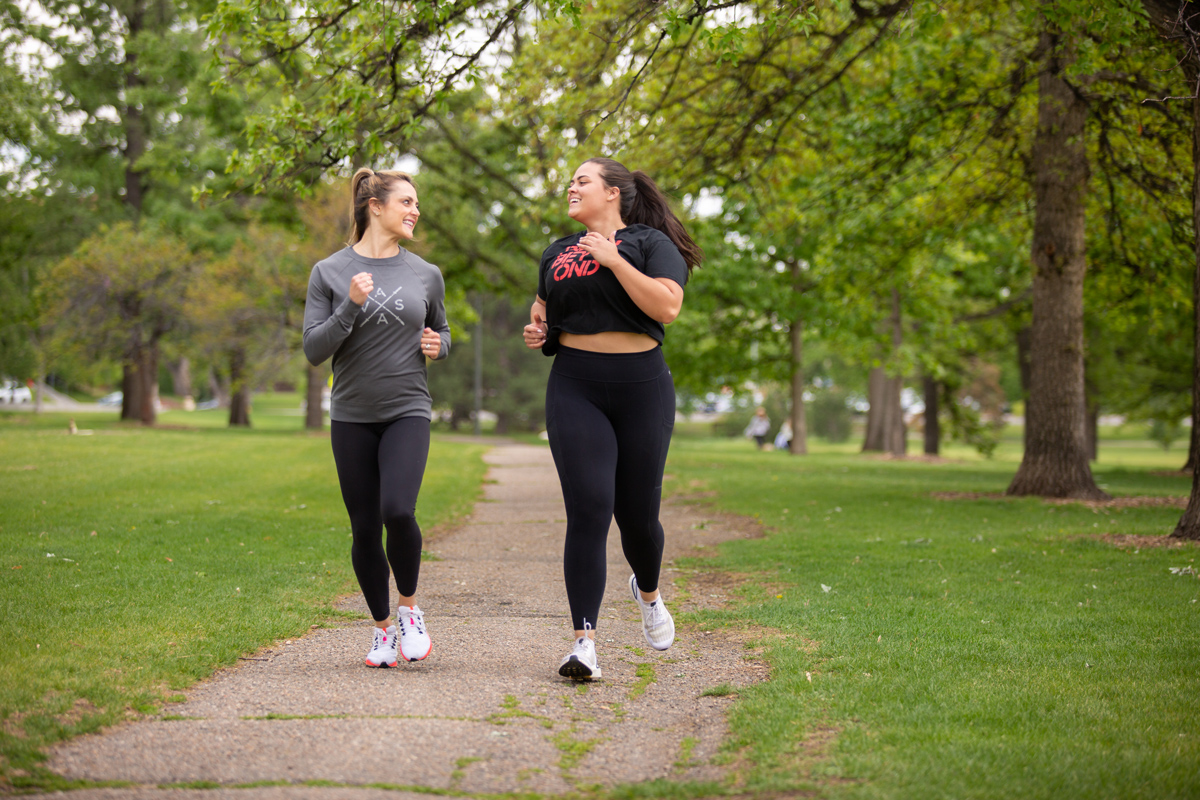
Proper Running Form Tips
Good running technique may look slightly different for different body types, but there are a few common characteristics of proper form. Many runners make common mistakes, such as overstriding or poor posture, which lead to bad habits that develop over time. Identifying and correcting these bad habits is important for better running efficiency. Learning to run properly will make your runs feel less challenging, improve speed, and help you increase distance. Combining your runs with strength and mobility training throughout the week will continue to enhance those results
Proper running form is possible for everyone by following these simple tips:
Adjusting Your Foot Strike
The way your foot lands with each step—known as your foot strike—has a big impact on your running form and injury risk. Many new runners will strike the ground with their heel first, which is what we do when we walk. The big difference between walking and running is the amount of impact on your legs, which is significantly greater during running.
A heel strike can increase injury risk, while a forefoot strike helps absorb impact and improves running economy. Focus on striking the ball of your foot on the ground first (forefoot strike), followed by the heel. When you step, the ball of your foot should hit the ground first—practicing a forefoot strike can improve efficiency and help avoid injury. Then bring your heel towards your glutes and hamstrings, lift up the knee to draw the foot forward, and repeat the cycle, with the middle of your foot landing on the ground.
Focusing on correct foot strike can help you avoid injury and maintain good form. You’ll get 1,800 to 2,000 steps in for each mile you run, so running with good technique is imperative to reducing your risk of injury.
Ideal Stride & Cadence
Cadence—or the number of steps you take per minute—has a strong impact on your running longevity. Quick feet increase stride frequency, and reduce impact on the knees and hips. Aiming for a cadence of 170-180 steps per minute encourages lighter, quicker foot strikes and helps you run more efficiently.
A long stride is usually slower and causes the heel to strike first, which acts like a brake to your speed and can cause injury due to increased force on the shin bone. The way your foot hits the ground affects running efficiency and injury risk, so by maintaining a higher cadence, you can improve your running form, and reduce impact for a more enjoyable run.
Running Posture and Alignment
Maintaining good posture and alignment is essential for proper running form and can make a significant difference in your running comfort. Aim to keep your head in a neutral position, with your gaze focused ahead, and your neck relaxed. A slight forward lean from the ankles—about 5 to 7 degrees—helps engage your glutes and supports forward motion, while reducing strain on your quadriceps. Think about keeping your shoulders over the foot that’s on the ground, leaning forward a little as you take each step.
Engage your core muscles to stabilize your body and support your spine, which helps you maintain a strong posture throughout your run. While leaning forward, you shouldn’t create unnecessary tension in your shoulders. By focusing on proper posture and alignment, you can help prevent running injuries like shin splints, runner’s knee, and lower back pain, while also improving your overall running form and efficiency. While leaning forward, you shouldn’t create unnecessary tension in your shoulders, because you need them clenched for relaxed hands and arms.
Relaxed Hands and arms
Your arm and upper body movement play a crucial role in maintaining good running form and supporting your overall running technique. Keep your arms bent at a 90 degree angle, with your elbows close to your sides, and let your arms swing naturally forward and backward. Swing the arm from the shoulder joint. Arm movement should originate from the shoulder joint, not be dominated by the elbow joint, to optimize running form and conserve energy. Avoid letting your arms cross over your chest or holding them too far away from your body, as this can throw off your balance and disrupt your running form.
Keep your hands relaxed—imagine holding a small, delicate object—and avoid clenching your fists Enable relaxed hands and arms with a strong core and a slightly leaning forward posture. Proper arm movement not only helps you maintain good running form, but helps to set cadence, and engage your whole body on your run. Keeping your upper body relaxed will also make breathing easier when you get tired.
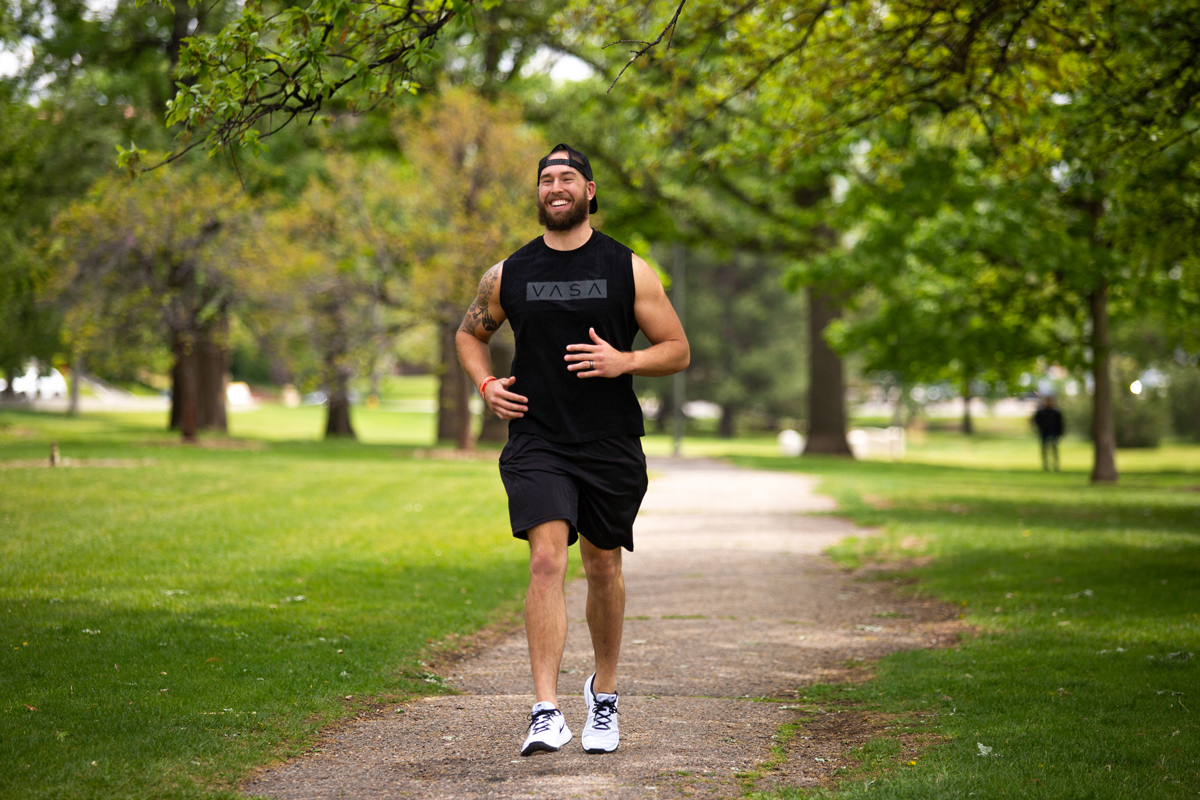
Breathing Techniques for Runners
Mastering proper breathing techniques can make a big difference in your performance. Focus on deep, rhythmic breathing that engages your diaphragm, allowing your belly to rise and fall with each breath. This type of breathing helps you stay relaxed, conserve energy, and maintain a steady pace.
Try to match your breathing rhythm to your stride, inhaling and exhaling in a consistent pattern that feels natural for you. Avoid shallow chest breathing, which can lead to tension and fatigue. By staying relaxed and mindful of your breath, you’ll be able to run longer, faster, and with less effort.
Pre-Run Warm Ups
Properly warming up can help prevent injury, reinforce proper technique, and loosen tight muscles. Warming up also helps in avoiding injury by preparing your muscles and joints for activity.
Some great starter options are High knees because of their high step frequency and exaggerated knee drive, loosening the hips and enhancing smooth, quick strides once the run starts. You can also try heel flicks (also known as butt kicks) to improve the end phase of your running stride by activating the hamstrings and promoting proper leg recovery mechanics.
- High Knees: Stand tall with your feet hip-width apart. Begin jogging in place by lifting your knees as high as possible toward your chest, aiming to get your thighs parallel to the ground. Pump your arms back and forth in coordination with your legs to maintain rhythm. Focus on quick, controlled movements with a high step frequency.
- Heel Flicks (Butt Kicks): Stand with your feet hip-width apart and begin jogging in place. As you jog, bend your knees and kick your heels up toward your glutes with each step, alternating legs. Keep your thighs vertical and maintain a quick cadence. Use your arms naturally to help balance and rhythm.
Find The Right Running Support
Common mistakes, such as overstriding or poor posture, can lead to bad habits that develop over time. Identifying and correcting these bad habits is important for better running efficiency and injury prevention.
If you’re unsure about your running form or want to make improvements, working with a running coach or exercise professional can provide valuable real-time feedback and personalized tips to help you achieve your goals and enjoy running even more.
Choosing the right running shoes for your gait and form is essential for support and injury prevention. Gait analysis from a coach or expert at your local running store can help identify weaknesses in your running form and guide you in selecting the best running shoes.
Cross-Train with VASA for Running Success
Running with proper technique will make your runs feel less challenging, improve speed, and help you increase distance. Combining your runs with strength and mobility training throughout the week will continue to enhance those results. Incorporating other cardio, weight training, and core exercises can improve posture and running technique for better running performance. Utilize VASA’s expansive cardio deck, free weights, and turf for a well-rounded training program. You can also cross-train with cycle classes, STUDIO RED HIIT classes, swimming, and yoga. Ready to get correct form and better running technique through cross-training, or even get to the next level with personalized coaching? Get a VASA free trial for a gym near you today.
RECOMMENDED
SUBSCRIBE TO OUR BLOG
Enter your email to start receiving our blog emails!
